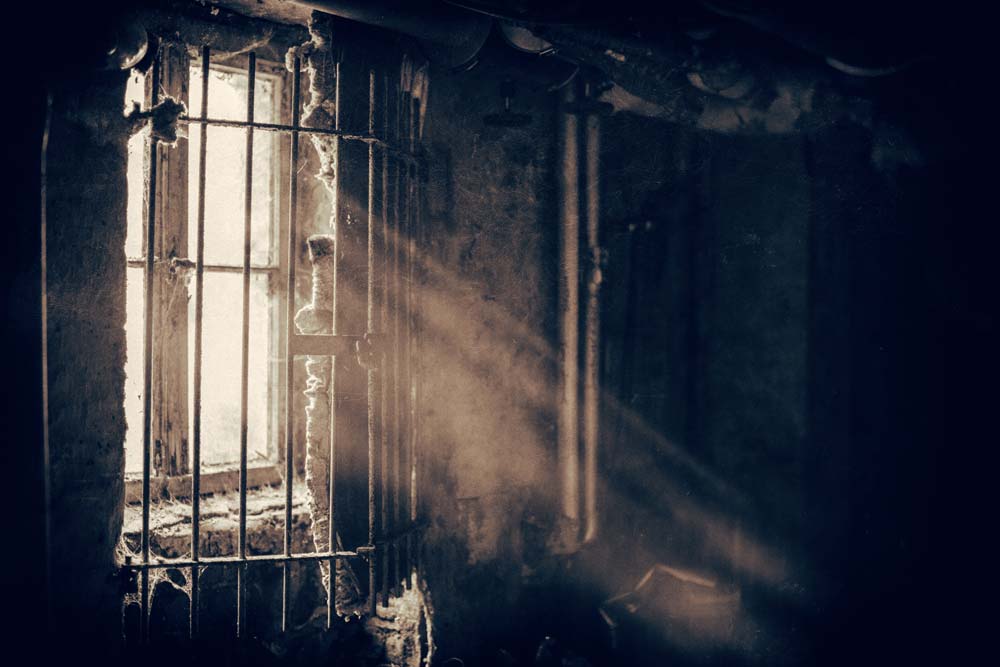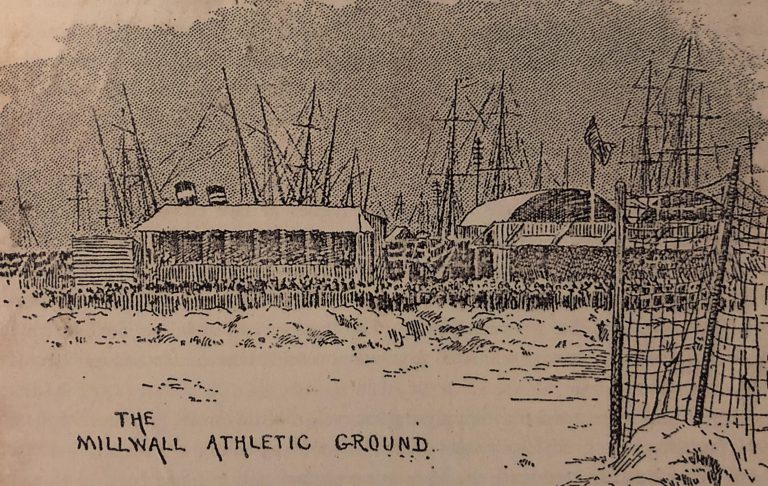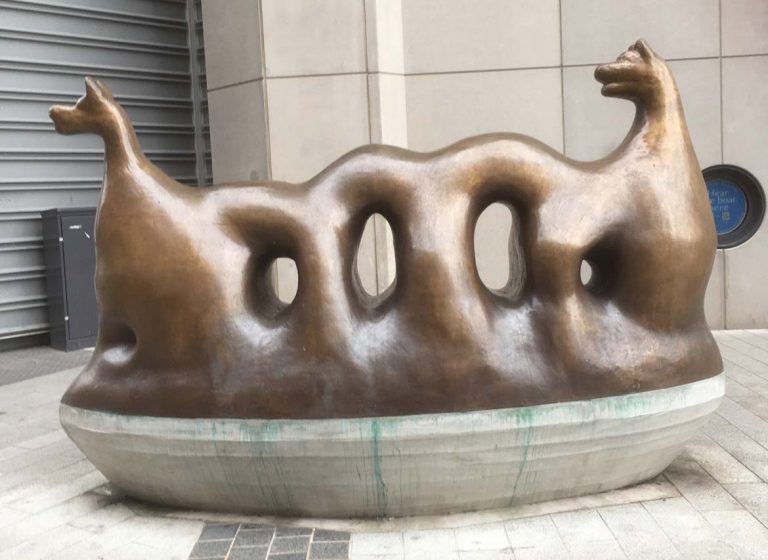Violent times bred violent methods to control people in long-ago, lawless London. The rack, thumbscrews, stocks and brutal, bloody public floggings are familiar tales of the savagery of previous centuries.
The Clink in Bankside gives you a good idea of what life would have been like if you were caught on the other side of the law. Not so well known, however, are such instruments as the Scavenger’s Daughter and the Scold’s Bridle, both on show in the Tower of London’s torture collection.
They were just two of the devices used to ensure a victim suffered the maximum discomfort and, in the case of the Scavenger’s Daughter, was conscious enough to appreciate his own agony. It had the opposite effect to the rack, which stretched victims to breaking point. Roughly A-shaped, it was smaller than the prisoner and bound him into a tight ball by clasps round the neck, wrists and ankles. It crushed his chest and caused blood to spurt from the nostrils.
The Scold’s Bridle was used mainly on women gossips or scolds – naggers in today’s language. It consisted of an iron frame, which went over the head and padlocked at the back to prevent removal. The front had a serrated iron piece that fitted into the mouth and under the tongue – a painful and effective punishment for careless chatterboxes.
The medieval idea of torture was mental as well as physical – a theme used effectively in later times as London’s prisons developed.
Overcrowding at The Clink and other prisons led to the building of the House of Detention in Clerkenwell in 1847, one of five mainly underground prisons in London. The practices were similar to those at the other Victorian prisons, the Bridewell, now covered by the Unilever building near Blackfriars Bridge, Coldbath Fields House of Correction under the Mount Pleasant Post Office, the Fleet Prison, on an island between Holborn Viaduct and the Thames, and the better-known Newgate Prison, now covered by the Old Bailey.
They have now vanished with the exception of one at the Viaduct Tavern that regulars swear blind is genuine!
Mental and physical torture in these places was a refined art. The Bridewell, a former palace of Henry Vlll, was the Job Centre of its day. But instead of being given money, the workshy were publicly flogged in the 17th century version of the Government’s Back to Work Scheme.
At the House of Correction, there was a giant treadmill that could take 22 people at a time and served no purpose but to bore and hurt. The steps gave way easily beneath the tread because the authorities discovered it was more tiring. Worse still, warders, who paid to come into the service, were so intent on getting their money back that they blackmailed prisoners by clapping them in heavy fetters – then demanding money to take them off.
Exercise wasn’t meant to keep you in trim, but to torture you some more.
A popular one was for prisoners to have to lift a heavy cannon ball to each other. Pointless, boring, painful and soul-destroying. The regime of constant punishment concentrated on isolating and disorientating the prisoner mentally and physically.
They weren’t allowed to talk and had to wear a face mask – called a beak – which consisted of a hood with a pointed bit coming down to the chin. Handy as a mask in today’s COVID times you might think.
But back then, unlike the way we’ve pulled together to help control the virus, no “in-it-together” or “solidarity-in-misery” mentality was ever allowed to develop. The despair was as much a torture as the incarceration. A European Court of Human Rights tribunal would have had a field day!




